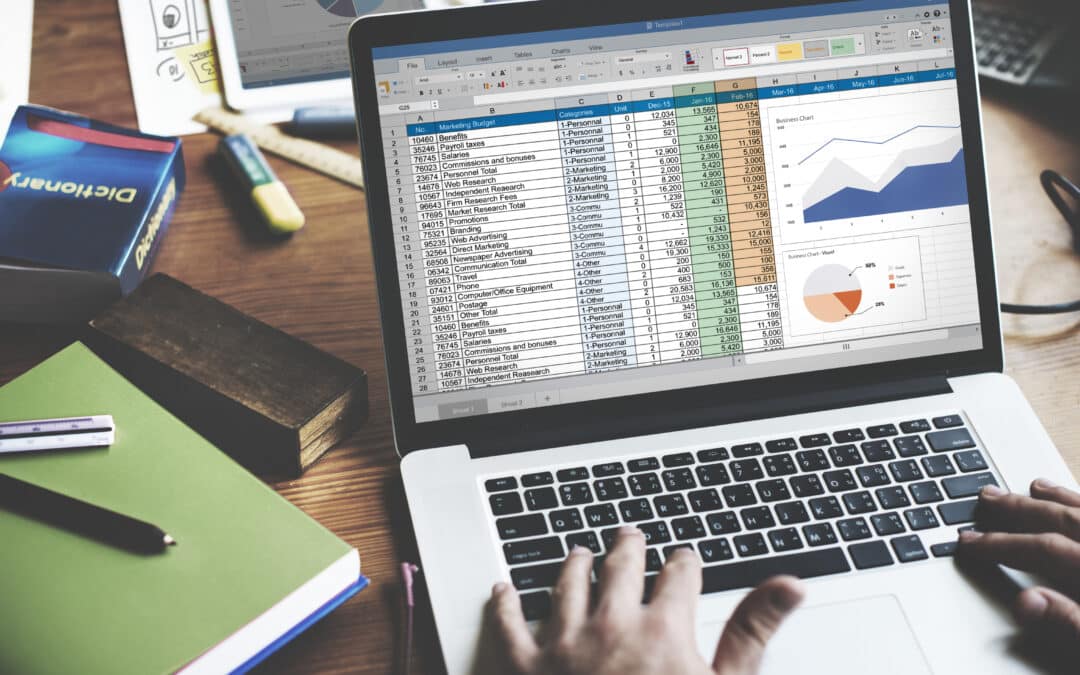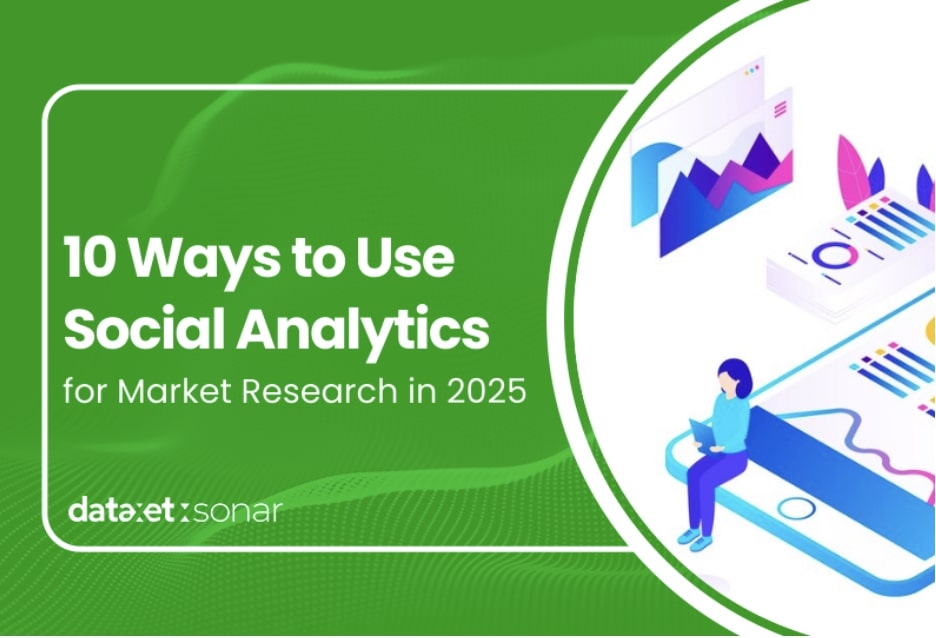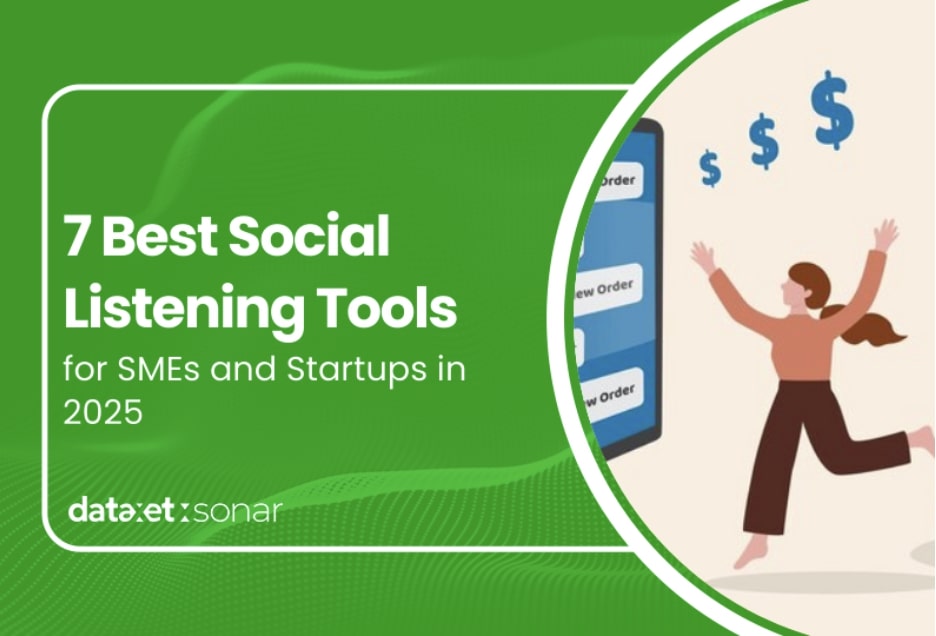Nearly 55% of the data collected by companies worldwide is never used for analysis. This is certainly a surprising fact, considering the importance of data and social media analytic tools in the highly digital era we live in today. So, how can you properly evaluate data and what can you do to leverage the available data? What exactly is data analytics?
At its core, data analytics or data analytics is the process of cleaning, analyzing, and visualizing data with the aim of finding valuable information and driving smarter business decisions. You can turn all types of data about your business, competitors, and customers into valuable statistics, accurate assessments, and predictions by using a variety of analysis methodologies as follows.
1. Text Analytics: What's Happening?
Text analytics, also known as data mining, uses machine learning with natural language processing (NLP) to structure unstructured text data so that it can be properly analyzed to obtain valuable information. For example, on social media, you can also analyze trending topics using a social media analytics tool. Text analytics can categorize text based on topic, extract keywords, and read emotions and intent by converting human language into machine-readable data. This explains “What’s happening” with specific, constantly changing data. It provides a more detailed and focused perspective on the potential causes of an event.
2. Descriptive Analytics: What Happened?
When examining quantitative data, descriptive data analytics answers the question, “What happened?” by calculating available data such as mean, median, mode, percentage, frequency, and range, this is the simplest and most widely used type of data analysis for describing, summarizing, and detecting patterns.
In most cases, descriptive analytics serves as the foundation for further data analysis. To create income reports and KPI dashboards, descriptive analytics is undoubtedly helpful. However, this method cannot explain why or how the numbers came about, as it is only interested in statistical analysis and absolute numbers.
3. Inferential Analytics: What Happened?
By comparing statistics from groups within the entire population, such as the population of a country, the existing client base, participants in a medical study, etc., inferential analytics makes generalizations or hypotheses about “What happened?” The most popular techniques for making inferential judgments are hypothesis testing and regression analysis. This type of analytics provides a deeper understanding of the underlying relationships between variables and helps organizations make informed decisions based on trends and patterns in the data.
4. Diagnostic Analysis: What is the Cause?
“Why did “X” happen?” is the question that diagnostic analysis tries to answer, often referred to as root cause analysis. By monitoring trends, you identify patterns or variations in the data, this method tries to find the cause or reason behind the statistics by utilizing information from statistical analysis.
Diagnostic analysis can be useful in understanding consumer behavior, such as determining if a marketing strategy is actually increasing sales. Another example of using this analysis is to detect the cause of a dramatic decline in customer complaints. It could be due to the presence of new employees, or the launch of a new online interface tool, or the addition of a particular product feature. Diagnostic analysis can help determine the correlation between these possible causes and existing data.
5. Probabilistic Analysis: What is Likely to Happen?
Predictive analysis makes assumptions about future events based on known facts. “What is likely to happen” is the main concern. This method is often used in sales analysis to predict consumer behavior by combining demographic and purchase information with other data sources.
For example, a company’s ability to operate in a particular location will be affected if the area’s demographics change. On the other hand, certain customers may be able to purchase more of the company’s products as their income increases. Predictive analysis often involves a large number of extrapolative guesses, but the more information available about a particular demographics or consumers, the more accurate the predictions will be.
6. Prescriptive Analysis: Recommended Actions
The most advanced type of analysis is prescriptive analysis, which combines all the available data and analysis to generate model recommendations for what actions to take. Prescriptive analysis tries to evaluate multiple scenarios, predict the results, and select the best action based on the outcome. Prescriptive analysis is the center of data analytics activities and artificial intelligence is one example of it. Prescriptive analysis is made possible by AI, which can process a large amount of data, learn how to apply it, and come to well-informed conclusions on its own.
If you have any questions about how dataxet:sonar performs Indonesian language data analysis using a social media analytic tool to find valuable insights for your company, don’t hesitate to contact us.





